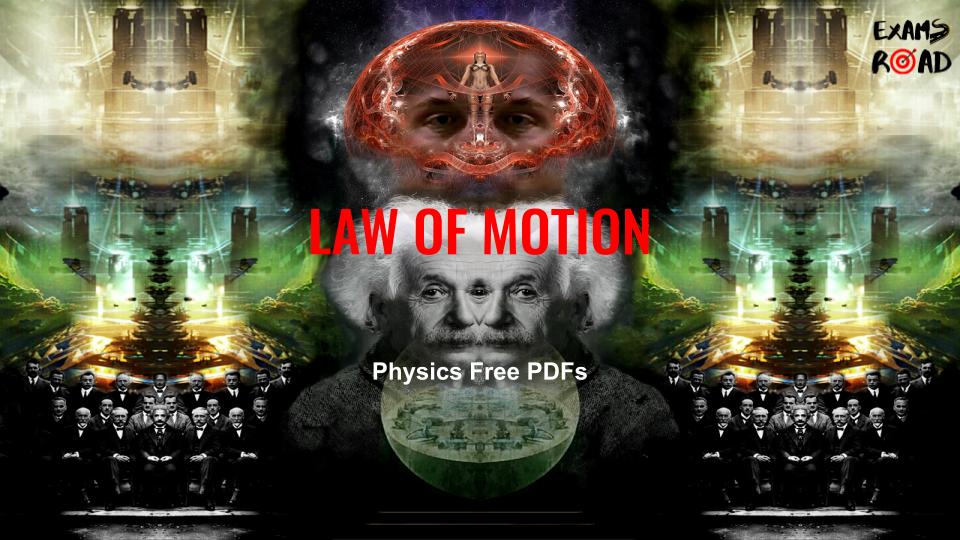MCQs on Atomic Structure PDF – Free Objective Question & Answers
Atomic Structure [CHEMISTRY NEET JEE PDF] – MCQs on Atomic Structure PDF. The atomic structure lies at the heart of the physical world, providing the framework to understand the fundamental building blocks of matter. This article aims to delve into the intricate details of atomic structure, examining its components and their interactions. By exploring real-life examples, we will unravel the mysteries of atoms and their behavior, showcasing the significance of atomic structure in various scientific disciplines.
MCQs on Atomic Structure PDF – Click Here
Atoms: The Fundamental Units of Matter: At the core of atomic structure are atoms, which are the smallest units of an element that retain its chemical properties. Let’s consider the example of a hydrogen atom—a fundamental element in the universe. A hydrogen atom consists of a single proton in its nucleus and one electron orbiting around it.
Subatomic Particles: Probing Deeper: To comprehend atomic structure further, we must examine the subatomic particles—protons, neutrons, and electrons—that constitute an atom.
- Protons: Protons carry a positive charge and are found within the nucleus of an atom. Take the element carbon, for instance. A carbon atom has six protons in its nucleus, defining its atomic number as 6.
- Neutrons: Neutrons are neutral particles found alongside protons in the nucleus. They help stabilize the nucleus through the strong nuclear force. Let’s examine an isotope of carbon known as carbon-14. This isotope contains six protons and eight neutrons, making its atomic mass 14.
- Electrons: Electrons are negatively charged particles that orbit the nucleus in specific energy levels or shells. Sodium, for example, has 11 electrons. The first shell can hold a maximum of two electrons, while the second can hold up to eight. Sodium’s electron configuration is 2-8-1, with the outermost electron responsible for its chemical properties.
Atomic Models: Tracing the Evolution: Over time, several atomic models have been proposed, each building upon the previous understanding of atomic structure.
- Thomson’s Plum Pudding Model: In J.J. Thomson’s plum pudding model, electrons are scattered throughout a positively charged sphere, resembling raisins in a pudding. This model demonstrates the presence of negatively charged electrons within an atom.
- Rutherford’s Nuclear Model: Ernest Rutherford’s gold foil experiment revealed the existence of a concentrated, positively charged nucleus within an atom. Imagine a miniature solar system, where electrons orbit the nucleus similar to planets orbiting the sun.
- Bohr’s Planetary Model: Niels Bohr introduced the planetary model, where electrons occupy specific energy levels or shells. These electrons can transition between levels by absorbing or emitting energy. For example, the bright colors emitted by fireworks are the result of electrons transitioning to lower energy levels and releasing energy as light.
Quantum Mechanical Model: Embracing Uncertainty: The quantum mechanical model revolutionized our understanding of atomic structure, describing the behavior of electrons as both particles and waves. It introduced the concept of electron orbitals, which represent the probability of finding an electron at a specific location around the nucleus.
For instance, the electron cloud model explains the distribution of electrons in an atom’s orbitals. Oxygen, with atomic number 8, has an electron configuration of 2-6. The first two electrons occupy the first shell, while the remaining six are distributed in the second shell’s orbitals.
Conclusion: The exploration of atomic structure has propelled scientific advancements, enabling breakthroughs in fields such as chemistry, physics, and materials science. By understanding the composition and behavior of atoms, scientists can predict chemical reactions, develop new materials, and unlock the mysteries of the universe. The examples provided here illustrate the significance of atomic structure in explaining the properties and interactions of matter at its most fundamental level.
Free Download – MCQs on Atomic Structure PDF
Topic-wise Chemistry MCQs Free Objective PDF |
Download Now |
Topic-wise Physics MCQs Free Objective PDF |
Download Now |
Topic-wise Biology MCQs Free Objective PDF |
Download Now |
Topic-wise Mathematics MCQs Free Objective PDF |
Download Now |
Thank You,
Team ExamsRoad.com
In Association with ExamsRank.com



















